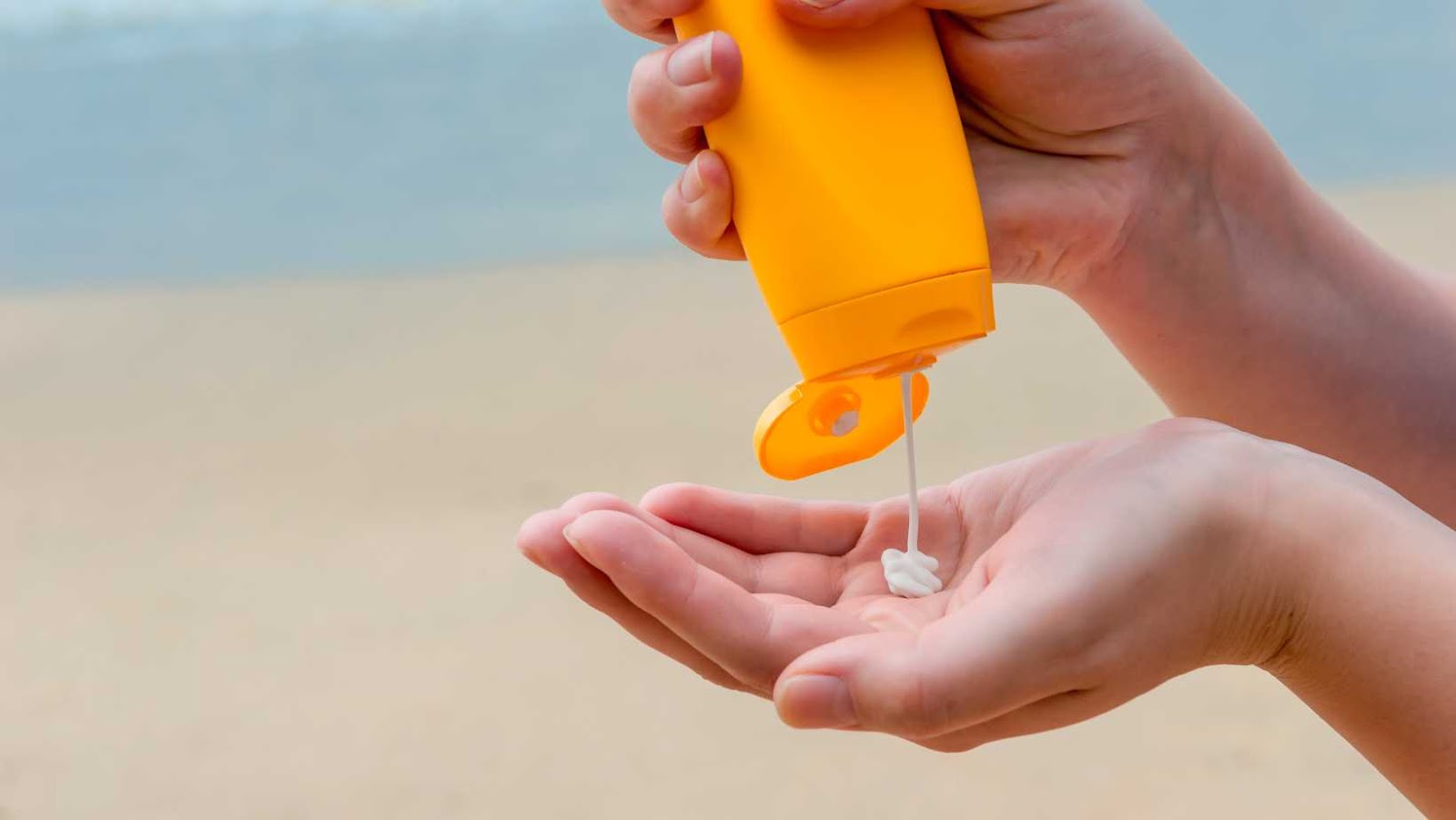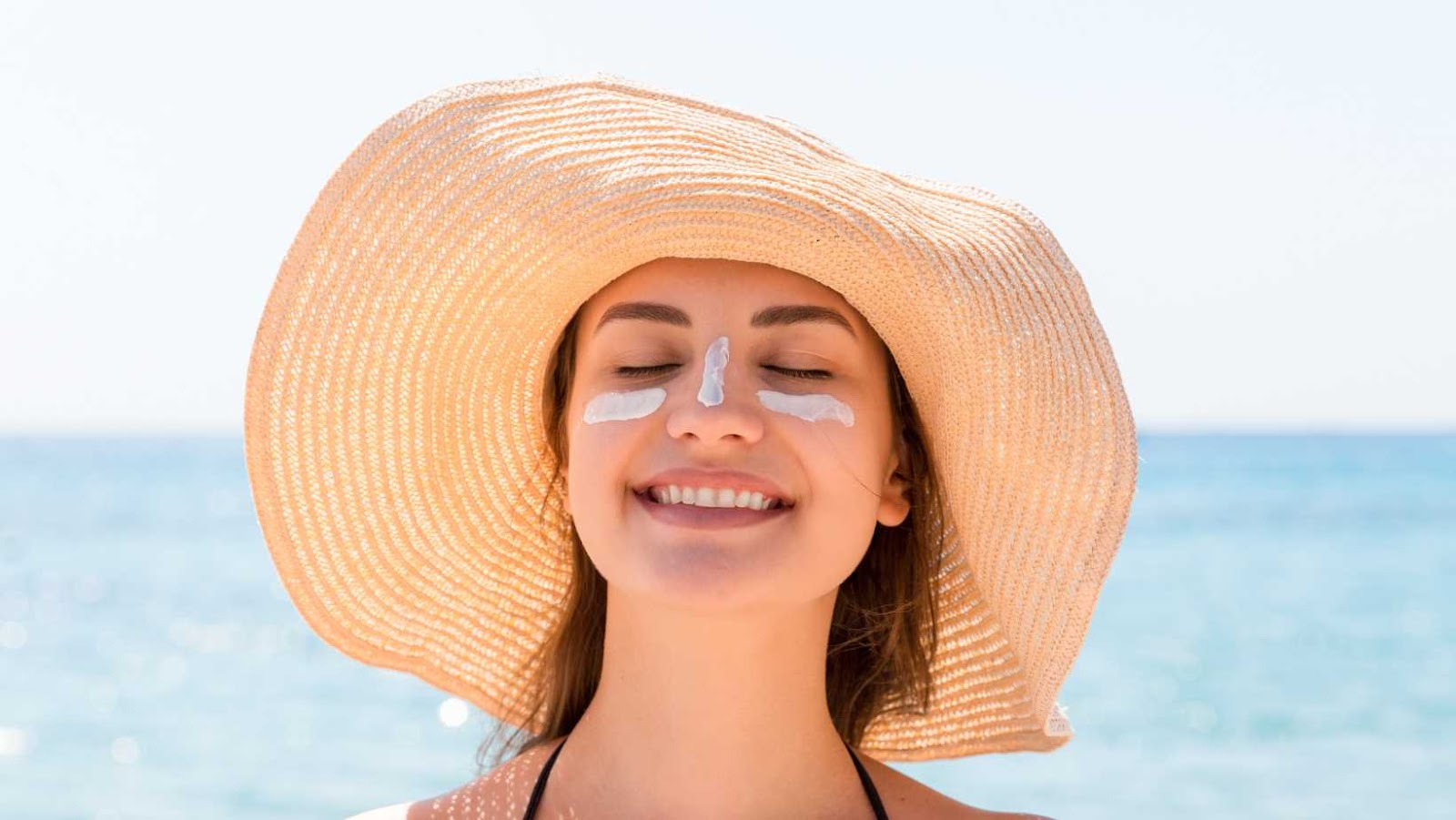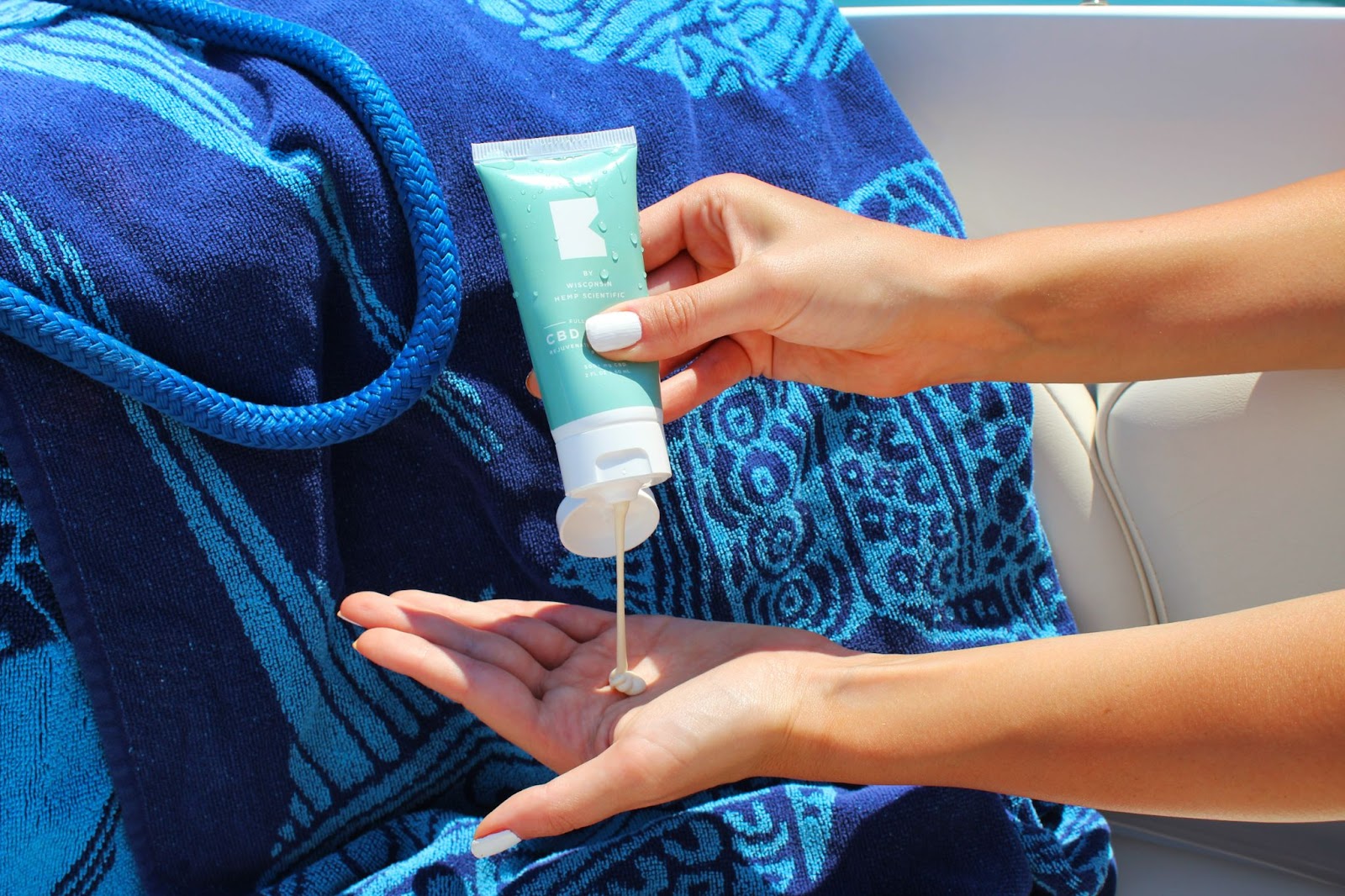Seeking long-term protection from the sun’s rays? You’ll want to be sure you’re using the right sunscreen. This article will help you understand the best options for extended sun exposure, so you can stay safe and healthy in the sun. From SPF levels to when to reapply, get ready to protect yourself like a pro!
Sunscreen is an essential component of our daily skincare routine, especially during extended sun exposure. High SPF sunscreens are more effective in reducing the risk of skin cancer and sunburn. However, the question remains: how long does SPF 50 last?
It is important to understand that sunscreen with SPF 50 will provide protection for up to 50 minutes before it is necessary to reapply it. This means that, under ideal conditions, SPF 50 sunscreen can last only for 50 minutes.
To maximize the effectiveness of your sunscreen, it is essential to apply it correctly and reapply frequently, especially after swimming, sweating, or towel-drying your skin. Additionally, seek shade during peak sun hours, wear protective clothing and a hat, and avoid prolonged sun exposure, especially between 10 am and 4 pm.
Remember, a higher SPF does not mean more prolonged protection. Reapply sunscreen after every 50-80 minutes to keep your skin sun-protected.
How Long Does SPF 50 Last
SPF stands for Sun Protection Factor, which is a measure of how well a sunscreen can protect your skin from harmful UV rays.
| The most effective SPF for extended sun exposure is SPF 50 because it provides 98% protection against UVB rays. |
| However, it is important to remember that no sunscreen can provide 100% protection, and it must be reapplied regularly to maintain its effectiveness. |
| So, how long does SPF 50 last? Typically, you can expect an SPF 50 sunscreen to last for up to 2 hours before you need to reapply it. However, if you are sweating or swimming, you will need to reapply more frequently to ensure optimal protection. |
Pro Tip: Apply sunscreen 15-30 minutes before going outside and reapply every 2 hours, or immediately after swimming or sweating.
Understanding The Difference Between SPF Levels
Understanding the difference between SPF levels can help you choose the right sunscreen for extended sun exposure. SPF stands for Sun Protection Factor and refers to the level of protection a sunscreen provides against UVB rays, the type of radiation that causes sunburn, skin aging, and skin cancer. An SPF 15 sunscreen blocks 93% of UVB rays, SPF 30 blocks 97%, SPF 50 blocks 98%, and SPF 100 blocks 99%. But, it is crucial to remember that higher SPF levels do not mean that they provide significantly longer protection. The protection time of SPF 50 is not twice that of SPF 25. Typically, an SPF 50 sunscreen will provide about 98% protection like SPF 30 for the initial two hours, after which it starts wearing away. Sunscreen should be reapplied every two hours, regardless of SPF level.
Pro tip: Always apply an adequate amount of sunscreen, about 2mg/cm2 of skin, for optimal protection.

Benefits of SPF 50
SPF 50 sunscreen is the most effective sun protection for extended outdoor activities, as it can block up to 98% of UVB rays and prevent sunburn and skin damage. However, the duration of SPF 50 protection varies based on factors such as skin type, amount applied, and activity level. In general, SPF 50 sunscreens provide up to two hours of protection when used correctly.
Here are some benefits of using SPF 50 sunscreen:
| 1. Prevents sunburn and skin damage |
| 2. Lowers the risk of skin cancer and premature aging |
| 3. Provides long-lasting protection during extended outdoor activities |
| 4. Moisturizes and nourishes the skin for a healthy glow. |
Pro tip: To maximize the effectiveness of SPF 50 sunscreen, apply it generously and reapply every two hours or after swimming or sweating. It’s also essential to wear protective clothing and seek shade during peak sun hours.
How Long Does SPF 50 Last?
Sun Protection Factor 50 (SPF 50) provides a high level of protection against the harmful UV rays of the sun. However, the duration of its effectiveness depends on several factors, including the person’s skin type, the amount of sunscreen applied, and the intensity and duration of sun exposure. In general, SPF 50 sunscreen lasts for about 2-3 hours before it needs to be reapplied. If you are sweating heavily or spending time in the water, then it may be necessary to reapply more frequently. Additionally, it’s important to apply enough sunscreen to cover all exposed skin thoroughly. Experts recommend approximately 1 ounce (a shot glass full) of sunscreen for each application, and reapplying every 2 hours or immediately after swimming, sweating or toweling off.
Keeping these factors in mind, SPF 50 sunscreen can be considered as the most effective option for extended sun exposure, particularly for those with fair or sensitive skin.
Tips For Reapplying Sunscreen
Reapplying sunscreen is crucial when it comes to extended sun exposure to ensure adequate protection against harmful UV rays. Here are a few tips to keep in mind when reapplying sunscreen:
| – Reapply sunscreen every two hours or more frequently if you are swimming or sweating excessively. |
| – Use enough sunscreen to cover exposed areas of your skin thoroughly. As a general rule, use one ounce (enough to fill a shot glass) for each application. |
| – Pay attention to the SPF value of your sunscreen. SPF 50 provides excellent protection but still requires reapplication after 2 hours of exposure to the sun to maintain its effectiveness. |
| – Make sure to cover all exposed areas of your skin, including your face, neck, ears, and hands. |
| – Take additional measures like wearing a hat, protective clothing and seeking shade from the sun when possible to protect your skin further. |
Pro tip- Invest in a water- resistantsunscreen with broad-spectrum protection that suits your skin type and meets your needs for extended sun exposure.

Other Sun Protection Tips
Wearing sunscreen is just one of the many ways to protect your skin from the harmful UV rays of the sun. Here are some other sun protection tips to keep in mind:
| Wear protective clothing: | Covering up exposed skin with long sleeves, pants, hats, and sunglasses can help reduce your risk of sunburn and skin damage. |
| Seek shade: | Take breaks from direct sunlight by relaxing under a shady tree, umbrella, or awning. |
| Stay hydrated: | Drinking plenty of water can help keep your skin healthy and prevent dehydration. |
| Avoid peak sun hours: | The sun is strongest between 10 a.m. and 4 p.m., so try to plan your outdoor activities before or after these hours. |
While using SPF 50 sunscreen can provide up to 50 times the natural protection against UV rays, it is important to reapply it every two hours when exposed to the sun for an extended period. Failure to reapply can leave you vulnerable to sunburn and skin damage. So make sure to carry the sunscreen and reapply after every two hours for extended sun exposure. Pro Tip: Opt for Water-Resistant Sunscreens to increase the long-lasting effect of the sunscreen.
Conclusion
In conclusion, choosing SPF 50 sunscreen is an excellent way to protect your skin from harmful UV rays when exposed to the sun for an extended period. It can provide protection for up to 5 hours, depending on individual factors such as skin type, sweating, and activity level. However, it is essential to keep in mind that sunscreen should be reapplied every 2 hours or after swimming or sweating, regardless of the initial SPF protection.
Besides, to avoid sunburn and other skin damage, protective clothing, hats, and sunglasses should also be used during sun exposure. Remember, protecting your skin from the sun’s harmful rays goes beyond applying sunscreen. It is about adopting a comprehensive sun-safety strategy that includes the use of protective clothing, avoiding midday sun, and staying hydrated.
Pro tip: Take a break from the sun during peak sun hours (10 a.m. to 4 p.m.).
